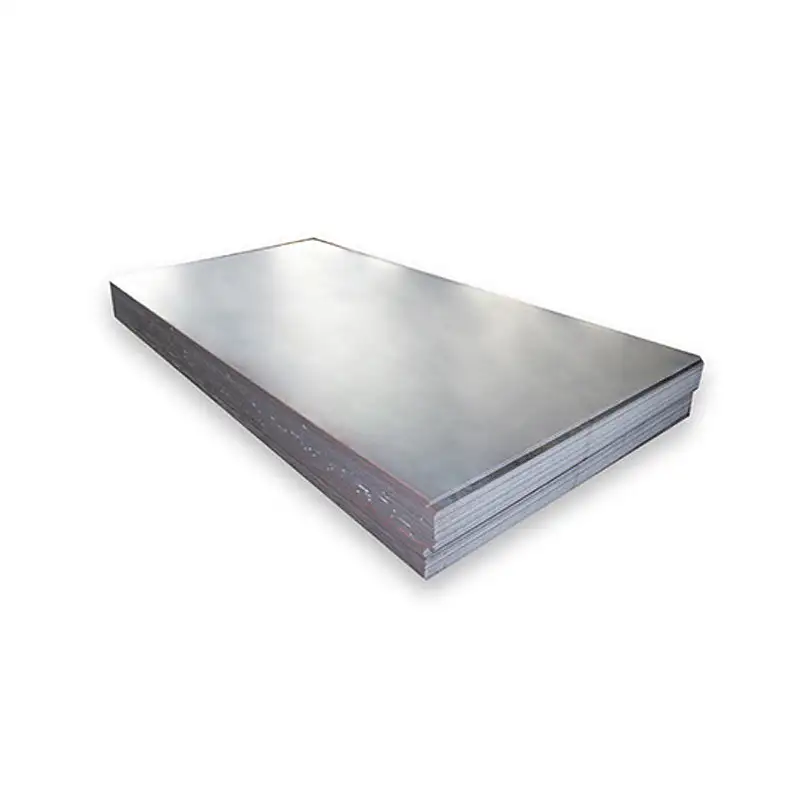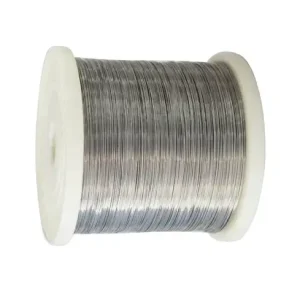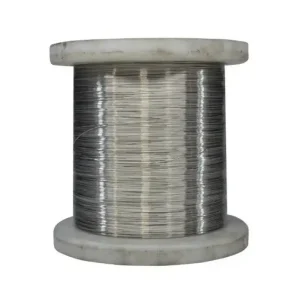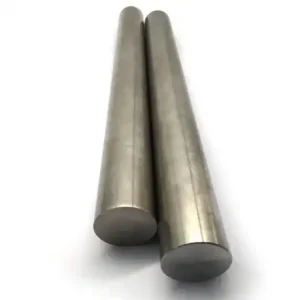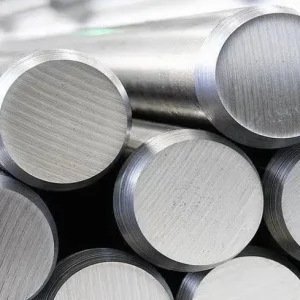AISI/SAE 1018 cold rolled steel plate is a low-carbon, widely available mild steel that balances machinability, weldability and moderate strength for general engineering and fabricated parts; it’s ideal when a clean surface finish, dimensional accuracy, and good forming characteristics are required rather than high hardness or wear resistance. For buyers seeking economical, quick-delivery plate from a Chinese mill with factory pricing and stable inventory, MWAlloys (MWalloys) offers 100% factory ex-works pricing and ready stock options for standard 1018 cold-rolled plate sizes.
What is 1018 Cold Rolled Steel Plate?
1018 is an SAE/AISI designation for a low-carbon mild steel (UNS G10180) with nominal carbon around 0.15–0.20% and manganese around 0.60–0.90%. In the cold-rolled plate (or sheet) form the material is processed to tighter thickness tolerances and a smoother surface than hot-rolled equivalents; cold rolling also slightly increases strength and hardness relative to as-rolled steel. This material is chosen where dimensional control, improved surface quality, and good formability or machinability are priorities.
Typical uses and industries
1018 cold rolled plate is used for:
-
Precision fabricated parts (brackets, small chassis, mounting plates)
-
Shafts, pins, axles and turned components after blanking or cutting
-
Machinery components where moderate strength and good finish are needed
-
Welding assemblies where distortion control and clean surface are desirable
-
Prototypes, jigs & fixtures, and general engineering replacement parts.
Because it machines and welds easily, it’s common in tooling shops and OEM fabrication.
Chemical composition
The following table shows the commonly referenced composition ranges for SAE/AISI 1018. Actual mill certificates may show values within or slightly outside these ranges depending on product form and supplier.
| Element | Typical range (wt. %) |
|---|---|
| Carbon (C) | 0.15 – 0.20 |
| Manganese (Mn) | 0.60 – 0.90 |
| Phosphorus (P) | ≤ 0.04 (max) |
| Sulfur (S) | ≤ 0.05 (max) |
| Iron (Fe) | Balance |
Notes: trace amounts of Si, Cu, Ni or Cr may be present at ppm to 0.1% levels depending on source and processing. For procurement, always ask your mill for an MTC (material test certificate).
Mechanical & physical properties
Properties can vary by supplier, temper (e.g., full-hard, half-hard, annealed) and thickness. Below are typical ranges used for design guidance — use supplier MTC for final calculations.
| Property | Typical value / range |
|---|---|
| Tensile strength (UTS) | ~380 – 540 MPa (55–78 ksi); commonly ~440 MPa reported |
| Yield strength (0.2% offset) | ~240 – 370 MPa (35–54 ksi); cold-drawn states higher |
| Elongation (in 2") | 15 – 27% depending on temper |
| Hardness (Brinell) | ~120 – 190 HB depending on finish/temper |
| Modulus of elasticity (E) | ~200 – 210 GPa (≈29 x 10³ ksi) |
| Density | 7.85 g/cm³ (7850 kg/m³) |
These figures are consistent with industrial datasheets and supplier catalogs for 1018 in cold-finished or cold-rolled plate/sheet form.
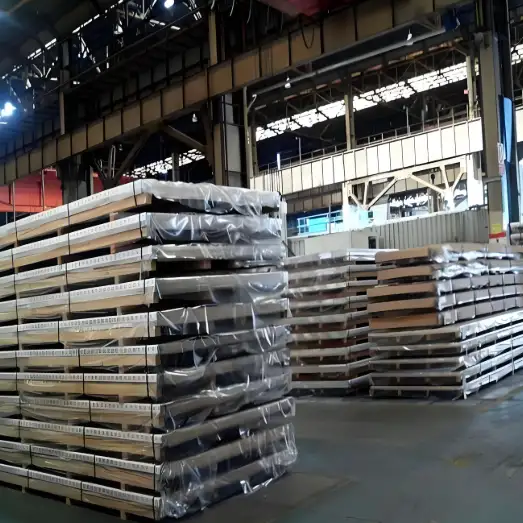
Common specifications and product forms
1018 is supplied under many procurement specifications depending on application:
| Product form | Typical spec / standard |
|---|---|
| Cold-rolled sheet/plate | AMS, ASTM references for steel products; mill spec; AISI/SAE designation |
| Cold-drawn bars | ASTM A108 (for cold-drawn bars), SAE J403 (composition) |
| Tubing / pipe | ASTM A513 / A519 (depending on product) |
| Forgings | ASTM A576 / UNS G10180 references |
When specifying buy requirements, include: product form (plate/sheet), thickness tolerance, surface finish (e.g., 2B, bright), temper (fully annealed, half-hard), and required test reports (chemical + mechanical).
What is equivalent to 1018 Cold Rolled Steel?
Internationally the closest equivalents are commonly listed as:
-
Europe / EN / DIN: C15 / 1.0401 (sometimes called C15E or CK15)
-
UK / BS: 080M15
-
Japan / JIS: S15C
-
China: 15# (or 15 steel)
-
Other US grades commonly compared: AISI 1020 (slightly higher C in some variants), ASTM A36 (structural but usually hot-rolled)
Equivalency tables from material databases and mills show these mappings; however, equivalents are not always perfect matches — users must confirm specific composition, mechanical and heat-treatment allowances for critical applications.
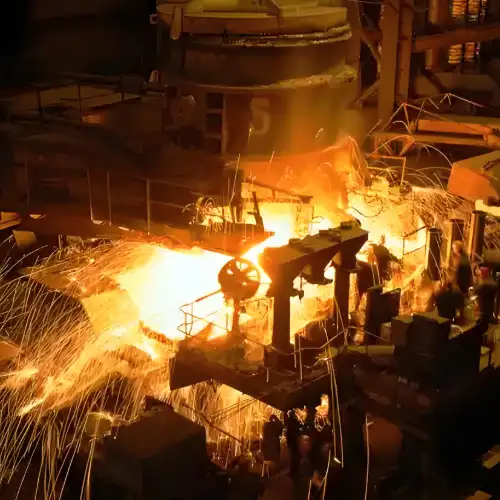
Sizes, thicknesses and weight
Standard plate sizes vary by mill and country; commonly available stock sizes: 1000×2000 mm, 1250×2500 mm, 1500×3000 mm, and cut-to-length plates. Thickness range for cold-rolled plate/sheet typically from 0.3 mm up to around 6.0 mm (above that is often called “plate” and may be hot-rolled).
Weight calculation (metric):
Weight (kg) = Length (m) × Width (m) × Thickness (m) × Density (7850 kg/m³)
Example: 1.5 m × 3.0 m × 0.006 m × 7850 = 212. 55 kg
US imperial quick guide (lbs/ft²):
1 mm thickness ≈ 0.1963 lbs/ft² per mm for steel (approximation). For accurate procurement, use the supplier’s weight tables or the standard weight gauge PDFs from service centers.
1018 Cold Rolled Steel Plate 2025 price (USA, Europe, China)
Important — pricing caveats: steel prices move quickly (weekly) and depend heavily on product form (coil vs cut plate), quantity, surface finish, tariffs/duties, logistics, and contractual terms (EXW, FOB, CIF). The ranges below are indicative snapshots for commonly quoted 2025 market levels and were compiled from industrial price guides, distributor notices and active supplier listings. These are market ranges, not firm offers — always request updated quotes and include freight, duty and minimal order quantities in total landed cost calculations.
United States (2025, indicative — plate / CRS cold-rolled blanking/coil-based pricing):
-
Range: ~US$700 – US$1,100 per metric ton for domestic cold-rolled sheet/coil ex works/distributor price points in early-to-mid 2025. U.S. prices showed upward pressure in 2025 due to tariffs and tight domestic availability.
Europe (2025, indicative):
-
Range: ~US$600 – US$1,000 per metric ton (convert local currency). European spot and contract prices are available via price agencies (MEPS, SteelOrbis); volatility is influenced by scrap flows and continental demand.
China (2025, indicative export / mill price):
-
Range seen on marketplace listings and supplier offers: ~US$500 – US$750 per metric ton for standard cold-rolled coils/plates shipped ex-works China (small volumes or MOQ dependent). Marketplace entries (Alibaba / Made-in-China) show offers in the ~US$430–600/ton range depending on MOQ and product finish. Chinese mill prices can be competitive but consider freight, customs duties and possible antidumping/tariff measures for final landed cost.
How to interpret: if your project is price-sensitive and volume is large, Chinese ex-works pricing typically undercuts Western mills — but total landed cost, delivery time, quality documentation, and long-term supply risk must be evaluated. For small orders or critical certifications, US/EU service centers provide faster lead times and local warranties.
Procurement and fabrication notes
-
Ordering: specify grade (1018 cold-rolled), thickness tolerance, surface finish (2B / bright / pickled), required temper, MTC (EN 10204 3.1 or 3.2 where needed), and testing (UT, hardness, PMI only if alloyed).
-
Cutting & nesting: cold-rolled plate has better edge finish; laser, plasma or shearing are common depending on thickness. Expect slight work hardening on cut edges.
-
Welding: 1018 welds readily with common filler metals (ER70S-x series); preheat not normally required for thin sections; avoid hydrogen trapping contaminants.
-
Machining: good machinability, especially if cold-drawn or full-hard removed; stock allowances should account for finish machining.
-
Heat treatment: 1018 is not typically hardened by conventional quench-and-tempering (low C content); full anneal improves formability. Where surface hardening required, case hardening / carburizing can be used.
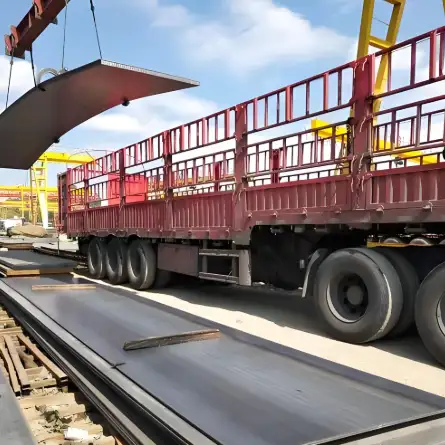
Corrosion protection and surface finish recommendations
Cold-rolled 1018 offers a clean surface but is not corrosion-resistant. Options:
-
Oil / rust inhibitor for short storage.
-
Hot-dip galvanizing for outdoor exposure (note: galvanizing process involves heating; check distortion risks).
-
Powder coat / paint after phosphating for long life.
-
Electroplating possible for small, machined components.
Surface finish codes (2B, bright annealed) matter: 2B finish is standard for cold-rolled sheet, offering smooth appearance and good paintability.
FAQs
Q: Is 1018 the same as A36?
A: No. A36 is a structural hot-rolled steel grade; 1018 is a low-carbon steel often cold-rolled with tighter finish and often higher machinability. They are sometimes substituted for non-critical parts but check mechanical and chemical needs before swapping.
Q: Can 1018 be hardened by heat treatment?
A: Bulk quench-and-tempering cannot produce high hardness due to low carbon; for surface hardness, carburizing/case hardening is used. Full anneal reduces strength but improves ductility.
Q: What finish should I order for painted assemblies?
A: 2B cold-rolled finish gives a smooth surface ideal for painting. For high aesthetic requirements, ask for bright anneal.
Q: How precise are cold-rolled thickness tolerances?
A: Cold-rolled tolerances are tighter than hot-rolled; exact tolerance tables are in mill catalogs and standards referenced in procurement. Use supplier tolerance tables when tight stacking or press fit are required.
Q: Is 1018 suitable for welded frames?
A: Yes; weldability is good. For large weldments control distortion and select compatible filler metals.
Q: How much does 1018 cold-rolled plate weigh per sq ft at 1 mm thickness?
A: Approx. 0.196 lbs/ft² per 1 mm (approximate conversion). Use density 7.85 g/cm³ for precise calculations.
Q: Are there lead time differences between domestic and Chinese mills?
A: Typically domestic distributors offer shorter lead times for small orders; Chinese mills give advantage in per-ton cost for larger MOQ but longer logistics. Tariffs or antidumping actions can further change lead times and total cost.
Q: What tests should I request for critical parts?
A: At minimum: chemical analysis and tensile tests on MTC; for critical applications add hardness, PMI, UT or spectral analysis and EN 10204 3.1/3.2 certificates.
Q: Can 1018 be cold-formed into deep drawn parts?
A: It has good formability, especially when fully annealed; deep drawing capabilities depend on thickness and tooling design. Consider a trial run for deep geometry.
Q: For machining, should I buy cold-rolled or cold-drawn 1018?
A: Cold-drawn bars/sheet often provide superior dimensional control and improved yield/tensile properties for precision turned parts. For plate blanks, cold-rolled sheet is typical.
MWAlloys — brief supplier profile (how we help)
MWAlloys is a Chinese steel product manufacturer and trading group focused on supplying mild and alloy steel plate and bar with factory direct pricing. For 1018 cold rolled plate we offer:
-
100% factory ex-works pricing (no middle broker surcharge)
-
Ready stock for common sizes (fast pick and ship)
-
Full MTC (chemical + mechanical) and optional heat-treatment records
-
Competitive MOQ and capability to cut to customer sizes and blanks
-
QC inspection and packaging tailored for export
Procurement checklist
-
Confirm exact product form: cold-rolled plate vs coil vs cold-drawn bar.
-
Ask for MTC and specify EN 10204 level.
-
Decide surface finish and temper.
-
Get written prices for EXW/FOB/CIF including lead time and MOQ.
-
Request photos of plate surface and shipping packaging for export orders.
-
For long-term supply, negotiate fixed monthly tonnage and price mechanism (index + spread).

